Performing Arts: Dance
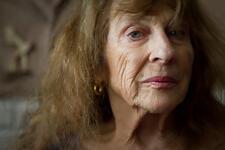
Mary Frank.
Mary Frank
Mary Frank was a sculptor and painter inspired by dance, photography, and the moving body. Born in London, Frank immigrated to the United States in the 1940s and danced with Martha Graham and studied art at the American Art School in New York. Frank imparts a sense of the timelessness and her work, and her sculptures have been described as sensual, sublime, poetic and profoundly moving, placing her among the foremost figurative artists of our time.
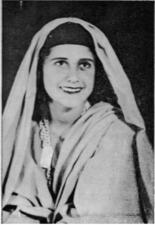
Esther Gamlielit
Esther Gamlielit was prominent in a lineage of Yemenite singers, after Brachah Zefira and before Shoshana Damari. Gamlielit was a talented singer, dancer, and actress, known for performing songs with the Yemenite-style pronunciation of the Hebrew letters het and ayin.
Annabelle Gamson
More than any other artist in the mid-1970s, Annabelle Gamson initiated unprecedented attention to the history of American modern dance. Her musically inspired, passionate performances of dances, choreographed by Isadora Duncan and others in the early twentieth century, brought about a resurgence of interest in Duncan’s work and her legacy, modern dance.
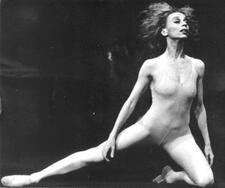
Marika Gidali
After surviving the Holocaust and immigrating from Budapest to Brazil, dancer Marika Gidali became an influential performer, teacher, and choreographer at a time when the arts faced serious repression under military dictatorship. In 1956 Gidali began dancing with the Ballet Company of Theatro Municipal do Rio de Janeiro. Gidali later set up her first school, which was the meeting point for many artists in the mid-1960s.
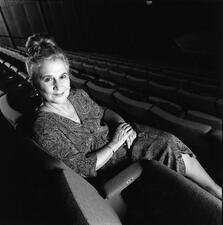
Beate Sirota Gordon
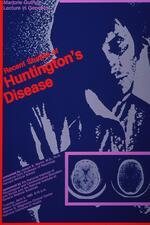
Marjorie Guthrie
First a dancer, then a teacher, Marjorie Guthrie founded the Woody Guthrie Children’s Fund and Archive in 1956 to preserve her husband’s works for future audiences. By the end of her life, she was a national activist for Huntington’s Disease and other genetic and neurological diseases.
Hadassah (Spira Epstein)
Hadassah Spira Epstein was a major dance artist of the twentieth century, a performer of Jewish, Hindu, and other ethnic dance forms, and a leading force in presenting the dance of other cultures to the American public. She was a pioneer in bringing Jewish dance to the United States and was recognized as such in the first U.S. Congress on Jewish Dance held in New York City in 1949.

Anna Halprin
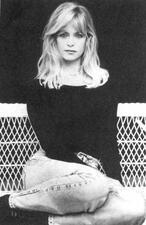
Goldie Hawn
After beginning her career as a dancer, Goldie Hawn won many awards for her critically acclaimed acting performances. She has been one of the most successful women in Hollywood and, since executive producing Private Benjamin in 1980, she has continued to produce films with her own production company.
Melissa Hayden
Melissa Hayden showed unparalleled versatility and range in her ballet dancing during a successful career that spanned decades. Dancing in both the American Ballet Theater and New York City Ballet, Hayden thrilled her audiences with consistently excellent performances in a career that spanned four decades.
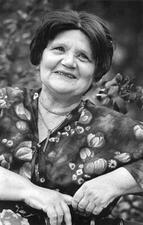
Hebrew Song, 1880-2020
Hebrew song as a whole, including songs of Erez Israel and the State of Israel, is a unique socio-cultural phenomenon that has developed over time. The dawning of Hebrew song can be traced to the period between 1880 and 1903, and it has grown to reflect the diverse aspects of Israeli society since then. The contribution of women to Hebrew songs, in general, has risen steadily over the years.
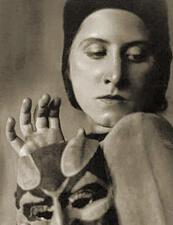
Hilde Holger
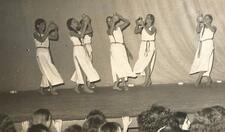
Jewish Women and Israeli Dance in Brazil
In various parts of Brazil, women have taken on important roles for the Israeli dance establishment as a sociocultural practice within their Jewish communities. The text presents the names of some pioneer women in this process and other ones that have been preserving this traditional Jewish expression of dance for years.

Israeli Folk Dance Pioneers in North America
Dance has been an integral element of the Jewish community since biblical times. An intense desire to share the joy of dance, coupled with a strong identification with both Israel and their Jewish roots, spurred a group of influential women to create a flourishing movement of Israeli folk dance in North America. Today, Israeli folk dance enjoys a wider popularity than ever.
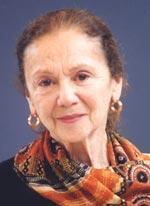
Irina Jacobson
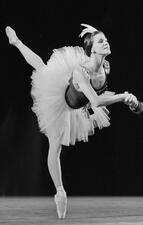
Jewish Women and Ballet in the United States
While fewer Jewish women went into ballet than into modern dance, those interested in ballet studied with gentile classical teacher-choreographers, such as Mikhai Fokine, Michael Mordkin, and Adolf Bolm. They performed in the main ballet companies, including the American Ballet Theatre, the Metropolitan Opera Ballet, George Balanchine’s New York City Ballet, and even Radio City Music Hall’s ballet company.
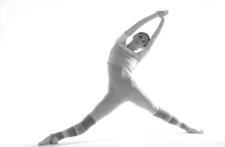
Jewish Women and Contemporary Dance in Argentina
In a period during which Argentinian culture was devastated by political instability and violence, Jewish women created art through contemporary dance. Jewish choreographers Ana Itelman, Renata Schottelius, and Ana Kamien braved political repression and challenged the boundaries of the discipline, making pioneering contributions to the world of contemporary dance in Argentina.
Jewish Women Dance Educators and Writers
As in modern dance performance, a disproportionate number of American Jewish women have specialized in dance education and writers, with a longstanding interest in analyzing dance and establishing its place within academic artistic disciplines.
Lydia Joel
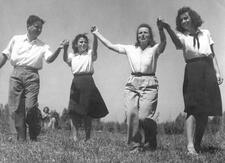
Gurit Kadman
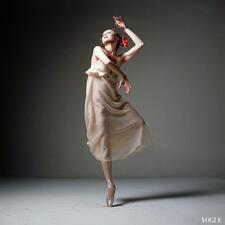
Allegra Kent

Gertrud Kraus
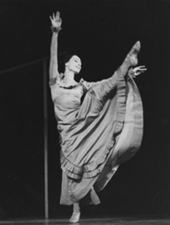
Pearl Lang
Pearl Lang was the first dancer Martha Graham allowed to perform some of Graham’s own roles. She also brought elements of the ecstatic poetry and dance of Jewish traditions to her own praised work.
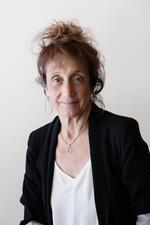
Liz Lerman
A dancer, choreographer, educator, writer, and collaborator, Liz Lerman is among the dance field’s prominent public intellectuals, bringing deeply researched ideas about dance and community across fields as diverse as genetics, history, ethics of justice and reconciliation, and the science and religion of the origins of the universe. She draws consciously on the Jewish value of tikkun olam—healing the world—in her work.
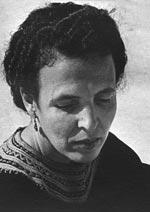
Sara Levi-Tanai
Sara Levi-Tanai was the founder, choreographer, and artistic director of the Inbal Dance Theater. With an original style, she established a unique dance theater that combined the East and West and the early history of the Nation of Israel with the present, as well as creating a new language of movement in the world of dance that is called “the Inbal language.”


